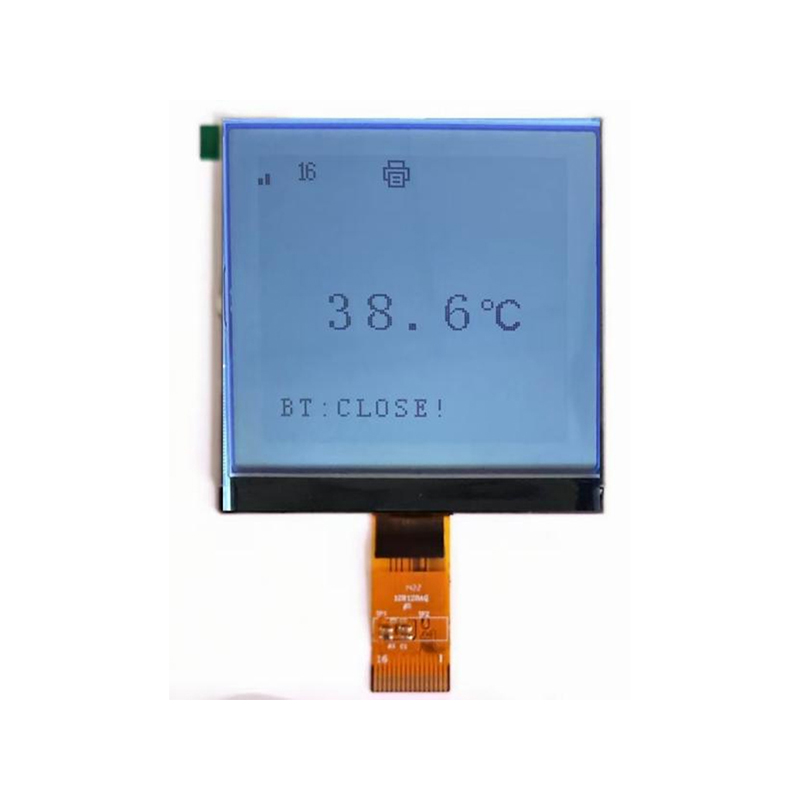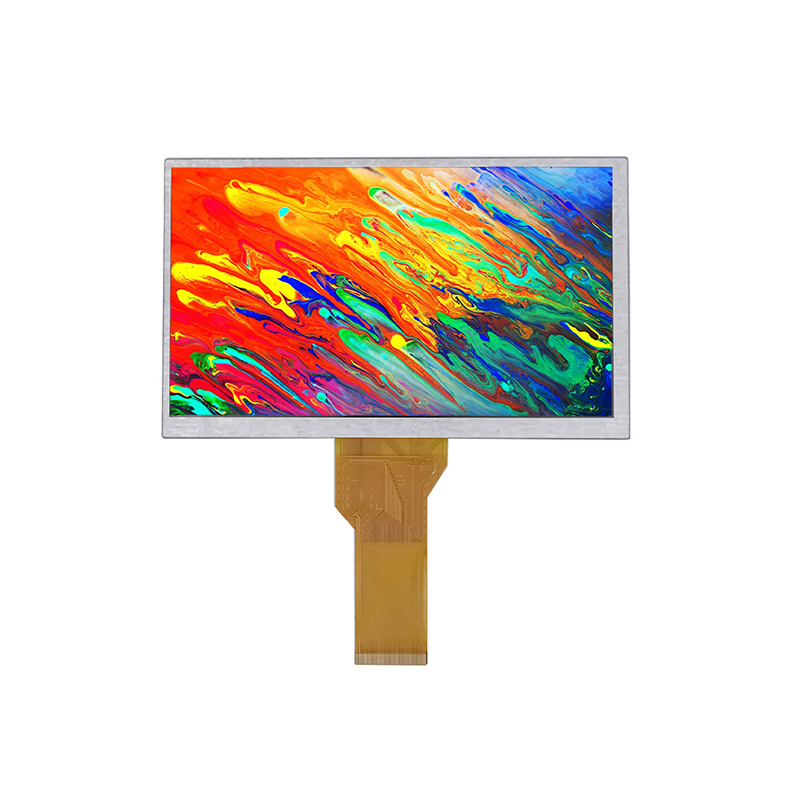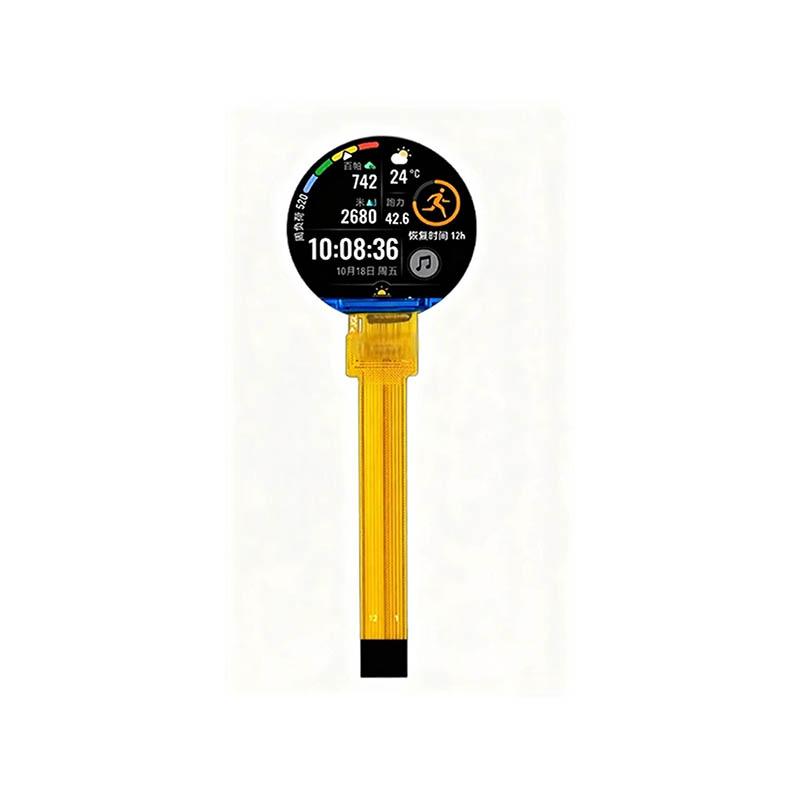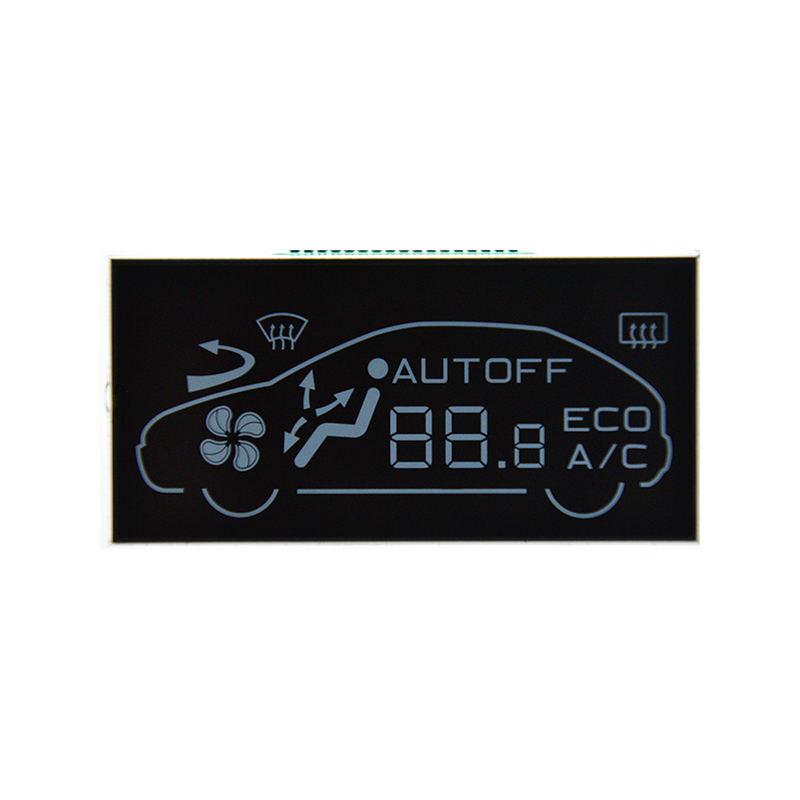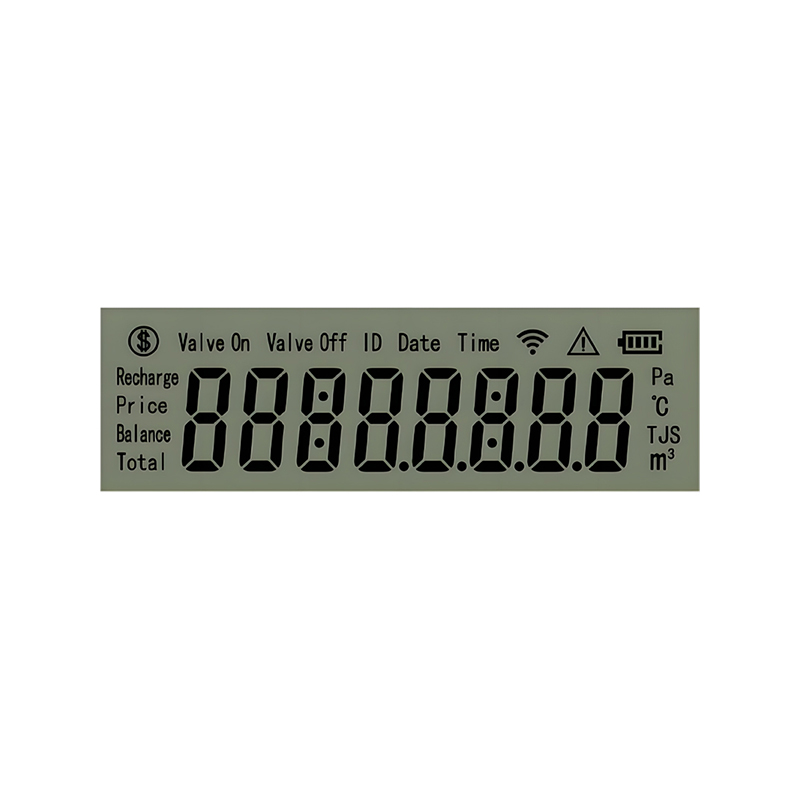Choosing the right LCD TFT display module is crucial for any project, from industrial applications to consumer electronics. This guide provides a comprehensive overview of factors to consider, helping you select the perfect module for your needs. We delve into various types, specifications, and applications, ensuring you make an informed decision. Discover key features, compare different models, and learn how to integrate these modules seamlessly into your projects.
Understanding LCD TFT Display Modules
What are LCD TFT Display Modules?
LCD TFT display modules are self-contained units combining a liquid crystal display (LCD) panel with a thin-film transistor (TFT) backplane. The TFT acts as a switching element, allowing for individual pixel control, resulting in sharper images and faster response times compared to passive-matrix LCDs. These modules are widely used in various applications due to their low power consumption, compact size, and relatively low cost.
Key Features and Specifications
When selecting a Best LCD TFT display module, consider these key specifications:
- Screen Size and Resolution: Measured diagonally in inches, and expressed as pixels (e.g., 800x480).
- Viewing Angle: The range of angles from which the display remains clear and legible.
- Response Time: The time it takes for a pixel to change from one color to another, influencing image clarity in motion.
- Brightness (cd/m2): Measures the light intensity emitted by the display.
- Contrast Ratio: The difference in brightness between the darkest and brightest pixels, impacting image depth.
- Interface Type: Common interfaces include LVDS, SPI, and parallel interfaces. Compatibility with your system is crucial.
- Operating Temperature Range: Essential for applications in diverse environments.
- Power Consumption: A significant factor, especially for battery-powered devices.
Types of LCD TFT Display Modules
Different Types and Their Applications
LCD TFT display modules come in various types, each suited for specific applications:
- Standard LCD Modules: Offer a balance of performance and cost, ideal for general-purpose applications.
- High-Resolution LCD Modules: Perfect for applications requiring detailed visuals, such as medical imaging or industrial monitoring. Consider modules with resolutions exceeding 1920x1080 for high-fidelity.
- Wide Viewing Angle LCD Modules: Essential for applications where the display needs to be viewed from various angles.
- Touchscreen LCD Modules: Integrate a touch sensor for interactive applications.
- Industrial LCD Modules: Designed to withstand harsh environmental conditions, featuring wider operating temperature ranges and increased durability.
Choosing the Right LCD TFT Display Module
Factors to Consider for Your Project
Selecting the optimal LCD TFT display module involves careful consideration of several factors:
- Application Requirements: The specific needs of your project will dictate the necessary resolution, brightness, viewing angle, and other specifications.
- Budget Constraints: Balancing performance with cost is essential.
- Availability and Lead Times: Ensure the chosen module is readily available to meet your project deadlines.
- Compatibility with Other Components: Confirm compatibility with your microcontroller, board, and other peripherals.
Top Manufacturers and Suppliers
Several reputable manufacturers offer high-quality LCD TFT display modules. Researching different suppliers allows for comparison of pricing, specifications, and lead times. For example, consider exploring options from established players in the electronics industry. Dalian Eastern Display Co., Ltd. is a prominent supplier of various LCD modules. Their website provides detailed specifications and offers customized solutions.
Conclusion
Selecting the best LCD TFT display module requires careful consideration of various factors. By understanding the key specifications, types, and applications, you can make an informed decision that optimizes your project's performance and meets your specific needs. Remember to always check the manufacturer's specifications and consider factors such as resolution, viewing angle, response time, and power consumption. Don't hesitate to contact suppliers directly for assistance in choosing the perfect module for your application.



